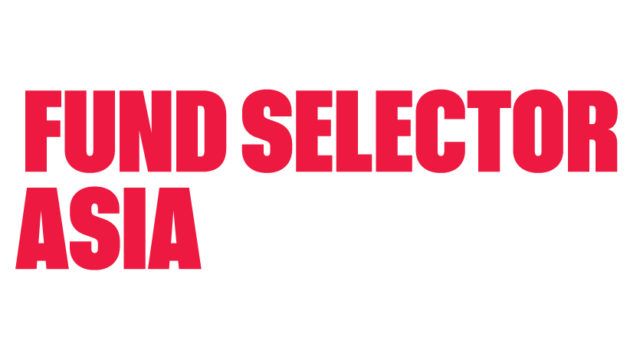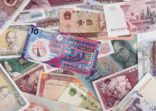In 2013, the latest figures available, assets under management in Asia-Pacific reached $10.6 trillion, representing 19.2% year-on-year growth, the SFC report said.
Asia ex-Australia and Japan accounted for 42% ($4.4trn) of that figure.
However, Asia’s AUM is still small compared to global AUM, which grew 12.8% in 2013 to reach $68.7trn.
“Despite the comparatively smaller AUM size of $4.4 trillion, Asia ex-Australia and Japan had a higher average annual growth rate than the rest of the world, at an average of 16% per year since 2008.”

High yield trend
The report said the low interest environment continues to drive investor demand for high yield products. Global asset managers in Asia are generally building multi-asset and alternative investment capabilities for further yield enhancement and diversification, in line with a global trend.
Moreover, ETFs in Asia-Pacific grew AUM 23.8% to $167bn in 2013 and have had an average annual growth of 25.8% since 2008, the report noted.
“Because it is hard to achieve yield, the low interest rate environment has spurred investor focus on returns net of fees. This in turn has contributed to substantial growth in indexing and low cost products, such as passive funds and exchange-traded funds, especially in markets with large scale and liquidity such as the US and UK.”
The report also mentioned the continuing trends of fund distribution moving online and the enhanced focus on risk governance.
“The [financial crisis] has contributed to increased focus on the risk governance of financial market participants. This trend is not limited to banks, brokers and corporates, but also extends to asset managers and asset owners.”
Hong Kong advantages
Hong Kong’s retail fund market nearly doubled from 2011-2013, the report said.
In 2013, it reached about $50bn.

The report suggested Hong Kong’s fund industry had distinct advantages over Singapore’s such as China connectivity.
In addition to the Stock Connect, launched in November, the planned China Mutual Recognition of Funds (MRF), essentially cross-border fund distribution between China and Hong Kong, sparked interest in the fund industry.
Asset managers are “carefully analysing the Mainland China onshore distribution model…assessing factors such as the size of onshore demand, distribution costs, marketing costs and training programs that can enable onshore staff to understand the products and provide fair and balanced investment advice to clients.”
“Asset managers added that Hong Kong has clear advantages in launching MRF over other financial centres in that it has a longer history as an offshore RMB centre and has deeper RMB liquidity, thereby providing a platform for smooth launch of RMB product classes.”

















